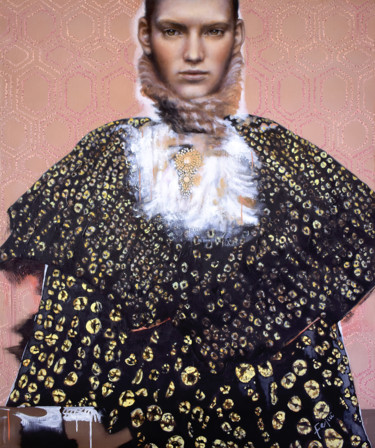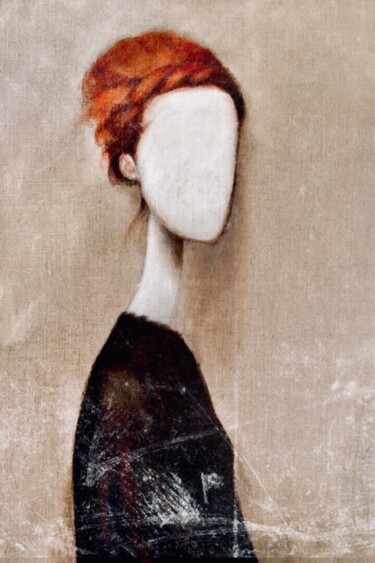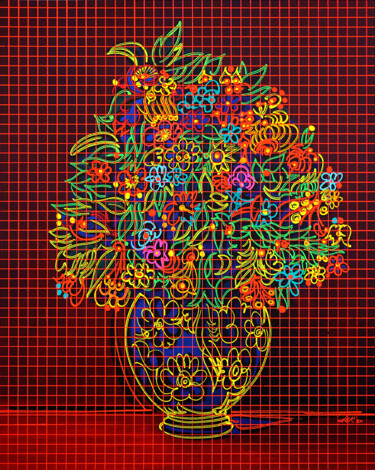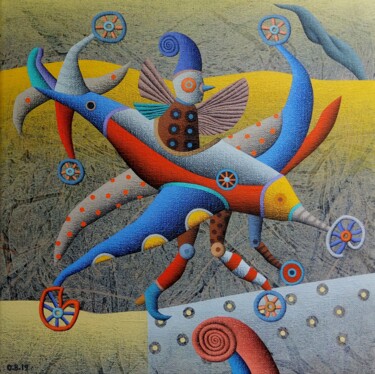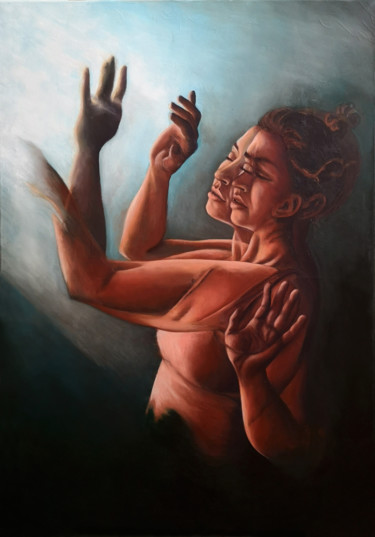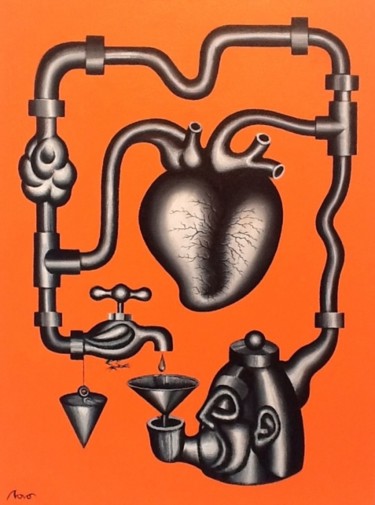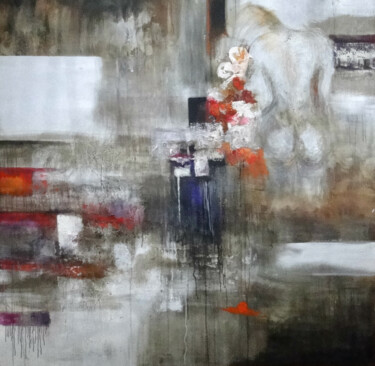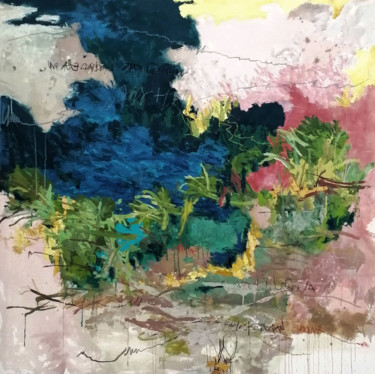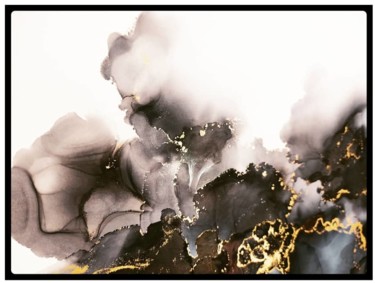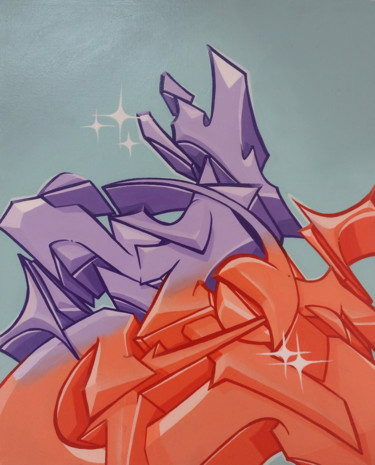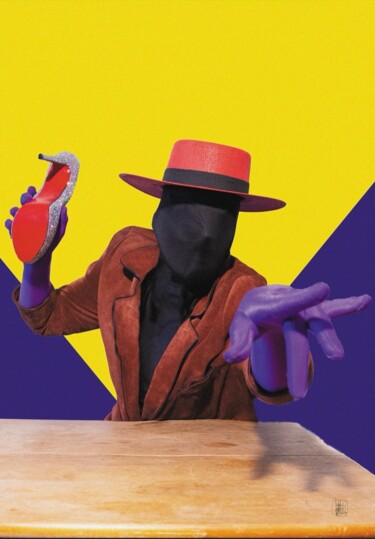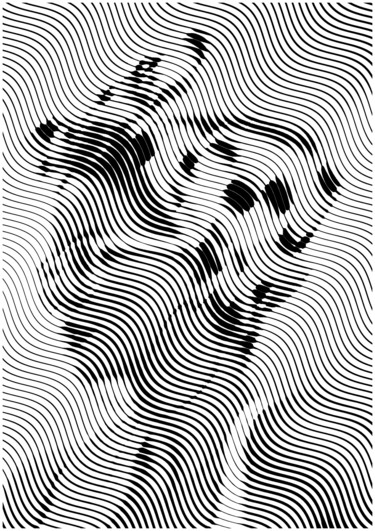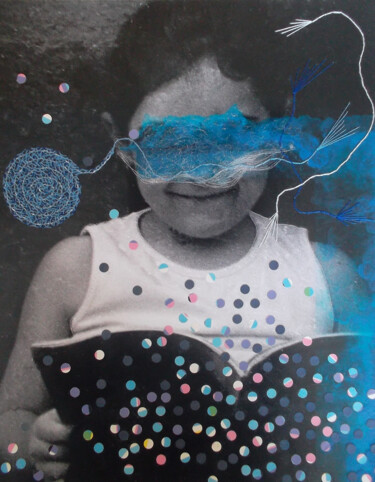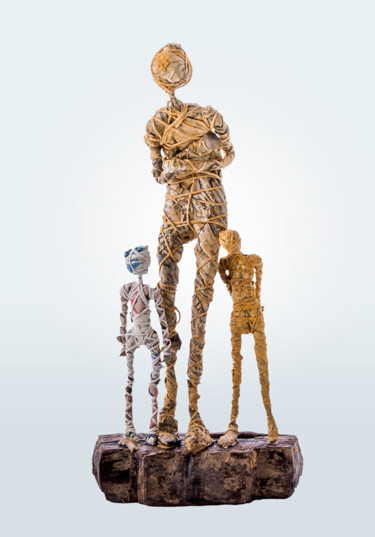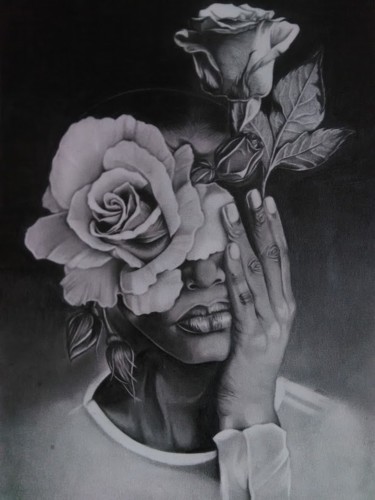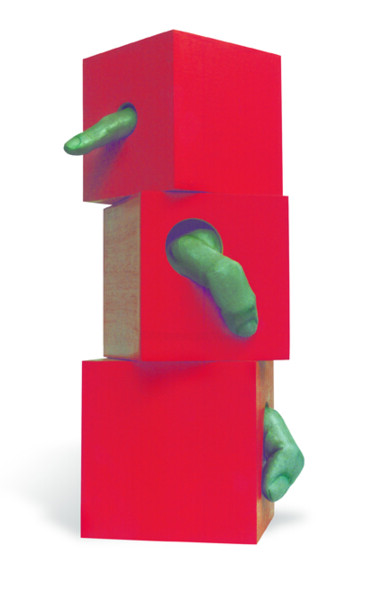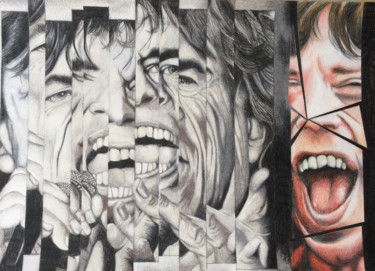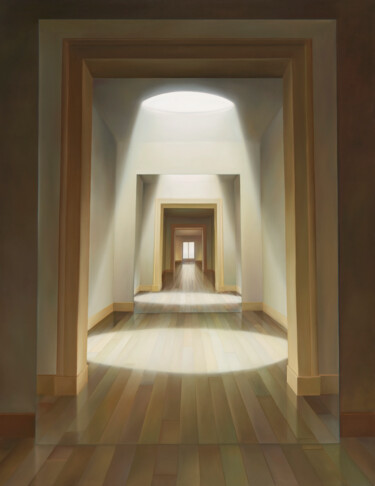Who is Adolpho Leirner?
Adolpho Leirner, a textile engineer educated in London with Polish heritage, possesses a collection of Brazilian constructive artworks. He has generously lent these artworks for display in museums and galleries not only in Brazil but also internationally, including renowned venues such as the Guggenheim in New York, the Reina Sofía in Madrid, and the Centre Pompidou in Paris.
This collection, curated and amassed by Adolpho Leirner, an art patron hailing from São Paulo, was acquired by The Museum of Fine Arts, Houston, between 2005 and 2007. It offers a captivating window into the transformative decades of the 1950s and 1960s when Brazil, driven by economic growth and modernization, emerged as a prominent force in the social and cultural landscape of the region. Two pivotal events defined the optimistic spirit of this period: the establishment of the São Paulo Biennial in 1951 and the inauguration of Brasília, the futuristic new capital, in 1960. Influenced by these historic milestones, artists from the São Paulo-Rio de Janeiro axis embraced the legacies of Russian Constructivism, Dutch Neo-Plasticism, and, notably, the Ulm School of Design in Germany, to forge the distinctive and finely nuanced voice of Brazilian Constructivism. The Adolpho Leirner Collection encompasses nearly one hundred objects, thoughtfully organized into six thematic curatorial clusters: Samson Flexor and Atelier Abstração, Grupo ruptura and Arte Concreta, Grupo Frente, Neo-Concretos, Graphic Arts and Design, and the Independents.
Born in São Paulo in 1935 to Polish Jewish immigrants who arrived in Brazil in the 1930s, Adolpho Leirner ventured to England in 1953 to pursue studies in textile engineering and design. During his four-year sojourn, he became acquainted with the legacy of international Constructivist movements from the early twentieth century. Simultaneously, he developed a deep passion for architecture and design. Upon his return to Brazil in the late 1950s, Leirner shifted his focus to Brazilian decorative arts and contemporary art. In 1961, he acquired the inaugural artwork that would eventually form the cornerstone of his distinctive collection: "Em vermelho [In Red]" (1958) by the artist Milton Dacosta (1915–1988). Leirner, naturally drawn to Brazilian Constructivism, observed its waning popularity in the 1960s, as figurative trends like Pop Art took center stage. At this juncture, he decided to concentrate his collecting endeavors on Brazilian geometric and constructive abstraction. Through direct interactions with living artists and influential dealers, he methodically procured exemplary works from these pivotal movements within his homeland. As an art collector, Leirner seamlessly combines a profound love for art with a profound sense of social responsibility. In a widely noted statement regarding the significance and purpose of collecting, excerpted from the book "Constructive Art in Brazil: The Adolpho Leirner Collection," organized by art historian Aracy Amaral, Leirner eloquently outlines his philosophy: "To collect is to nurture a love affair, a passion; it is to uncover findings in a game of search and find, all of which are part of my life." Concurrently, he underscores the ethical responsibility inherent in collecting: ". . . collectors comprehend that they amass their collections not solely for personal gratification but for the betterment of society, and thus, they safeguard and preserve them."
The Adolpho Leirner Collection of Brazilian Constructive Art represents a pivotal component of the Latin American art initiative at the Museum of Fine Arts, Houston. This multifaceted initiative encompasses the Latin American Art Department and its research counterpart, the International Center for the Arts of the Americas (ICAA). Established in 2001, the primary objective of this dual initiative is to acquire, exhibit, research, and educate audiences about the diverse artistic output of Latin Americans and Latinos. This includes artists hailing from Mexico, Central and South America, and the Caribbean, as well as artists of Latin American heritage residing and working in the United States.
The Adolpho Leirner Collection in 5 points
His initial purchase
Upon returning to Brazil in the late 1950s, Leirner redirected his attention towards the realm of Brazilian decorative and contemporary arts. It was in 1961 that he made his first acquisition, marking the beginning of what would eventually evolve into his distinctive collection. This inaugural piece was "Em vermelho," a painting from 1958 crafted by Milton Dacosta (1915–1988).
Crafting a collection
Driven by a natural inclination towards Brazilian Constructivism, Leirner became acutely aware of the declining attention it received during the 1960s, with emerging trends such as Pop Art taking the spotlight. Confronted with this shift, Leirner made a deliberate choice to channel his collecting endeavors towards Brazilian geometric abstraction. This strategic shift was primarily facilitated by his direct engagement with living artists and influential art dealers, enabling him to methodically amass exceptional works representing these crucial movements within his homeland.
From São Paulo to Houston
During the years spanning 2005 to 2007, the Museum of Fine Arts, Houston, successfully secured the Adolpho Leirner Collection of Brazilian Constructive Art. This acquisition was commemorated through the exhibition "Dimensions of Constructive Art in Brazil: The Adolpho Leirner Collection" in 2007, which marked the initial extensive presentation of the collection in the United States.
A fresh academic focus
In conjunction with the 2007 exhibition, MFAH orchestrated a significant symposium titled "Concretism and Neo-Concretism: Fifty Years Later." The subsequent publication, "Building on a Construct" (2009), synthesized the most recent research on concrete and neo-concrete artistic movements in post-World War II Brazilian art.
On public display
The inauguration of the Kinder Building at MFAH in 2020 represented the inaugural permanent exhibition of Latin American art within its premises. The debut exhibition, "Constructed Dialogues," showcases a curated selection of works from the Leirner Collection.
Three Questions for Adolpho Leirne
Adolpho, in your view, what does the act of collecting entail?
Collecting, to me, is akin to cultivating a deep love and passion; it involves a continuous quest, a treasure hunt that has become an integral part of my life.
What motivated both you and Fulvia?
Fulvia and I shared a common aspiration right from the start. We aimed to create an environment entirely distinct from our respective family homes. This aspiration encompassed everything, from the gifts we exchanged at our wedding to the initial items we purchased together as a couple. As we began accumulating possessions, each new addition seamlessly integrated into our daily life at home, be it artworks, tableware, rugs, or any other items.
Could you elaborate on the moral duty that accompanies the role of an art collector?
Collectors must recognize that their collections serve a dual purpose, extending beyond personal enjoyment to benefit society. Consequently, it is imperative to meticulously maintain and preserve these pieces for the benefit of future generations. Collecting inherently carries a weighty social responsibility.


 Selena Mattei
Selena Mattei
